Exploring the Versatility of Chemical Fiber Felt
Chemical fiber felt is a material characterized by its resilience and adaptability, catering to a diverse range of industrial and commercial applications. This synthetic felt is engineered from high-strength chemical fibers, which contribute to its durability and functional diversity. The material's structure is non-woven, which means that the fibers are entangled through chemical, mechanical, or heat processes rather than being woven on a loom, resulting in a fabric that is typically more flexible and moldable than traditional woven textiles.
Types and Applications of Chemical Fiber Felt
The spectrum of chemical fiber felt encompasses various types, each tailored for specific uses. Non-woven polypropylene and polyester fabrics are widely utilized in the medical industry for disposable clothing such as hospital gowns, which demand sterility and disposability. The spunlace non-woven materials extend their utility to disposable bed covers, combining hygiene with comfort. Furthermore, the eco-friendly attributes of non-woven paper make it an ideal candidate for biodegradable products like wet wipes and shopping bags, offering a sustainable alternative to traditional plastics.
Features and Advantages of Chemical Fiber Felt
The inherent features of chemical fiber felt materials, such as their porous nature, make them indispensable in filtration applications. This material is adept at trapping particles while allowing air or liquid to pass through, which is essential for products like diaper covers and bag linings. The environmental benefits are also significant, as non-woven materials made from natural fibers present a greener choice for consumers, reducing the carbon footprint associated with plastic-based products.
Material Composition and Environmental Impact
In addition to its functional benefits, the material composition of chemical fiber felt is a key factor in its environmental impact. Non-woven geotextile fabrics, for instance, are employed in large-scale outdoor drainage systems, effectively managing water flow while preserving soil and plant life. The use of wool in non-woven fabrics further extends the material's applications into thermal insulation, highlighting its versatility and capacity for keeping energy consumption to a minimum.
Choosing the Right Chemical Fiber Felt
Selecting the appropriate type of chemical fiber felt is crucial for meeting the specific needs of various industries. The platform's extensive catalog provides access to a multitude of non-woven fabric options, each with distinct properties and potential uses. Whether for thermal insulation, eco-friendly packaging, or effective filtration, the right chemical fiber felt can be sourced to meet the demands of any project.
Conclusion
The application of chemical fiber felt is a testament to the material's adaptability and efficiency. Its wide-ranging uses, from medical disposables to eco-friendly packaging solutions, underscore its importance in today's market. For businesses seeking to source this versatile material, the platform offers a comprehensive selection to fulfill various industrial requirements without compromising on sustainability.

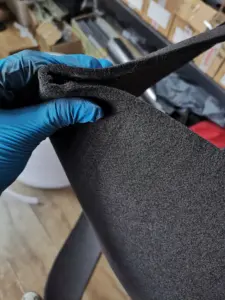






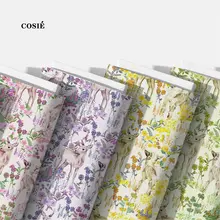
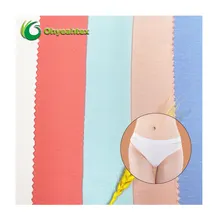

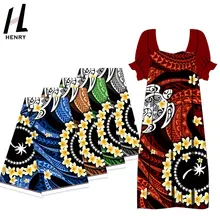

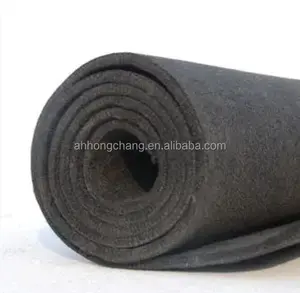






















 浙公网安备 33010002000092号
浙公网安备 33010002000092号 浙B2-20120091-4
浙B2-20120091-4